We all use cooking oils and they come with varying nutritional values. Some give you crucial micronutrients while others can negatively impact your health.
It’s very hard to get away from using oils in your food so it’s important to be informed about the ones you decide to use.
These are small, marginal things to consider in your overall nutrition programme, but selecting the right ones can help you feel less sluggish and more on top of your game.
Here are four oils you can use for healthy cooking to help fuel your workouts and recovery.
Olive Oil
Olive oil has been made famous among health fanatics by the Mediterranean diet, which is eaten by Italian and Greek communities that have some of the longest-living populations in the world. Virgin olive oil is particularly good for you, as it contains a host of antioxidants, including vitamin E and polyphenols. These compounds are known for breaking down inflammation and harmful free radicals.
Rapeseed Oil
Rapeseed oil is preferred to olive oil by many people because it has a more neutral flavour and usually a higher smoke point (the temperature at which it starts to burn). It’s also known to support eye and skin health and is a source of certain omega-3 fats which can improve heart health in the long run.
Avocado Oil
Avocados are loved by many of us in the fitness community and the oil it produces when pressed is often used as an alternative to olive oil. It’s high in healthy fats like oleic acid, which is the main component of olive oil. Avocado oil has a higher smoke point than olive oil, though, so can be more convenient for cooking as you are less likely to burn food.
Groundnut Oil
Groundnut oil has a slightly nutty taste, so it won’t be suited to everyone. It can really add flavour to some dishes, such as stir-frys and dumplings, though. It has a strong content of oleic acid and vitamin E, meaning it has similar health benefits to the likes of olive and avocado oil.





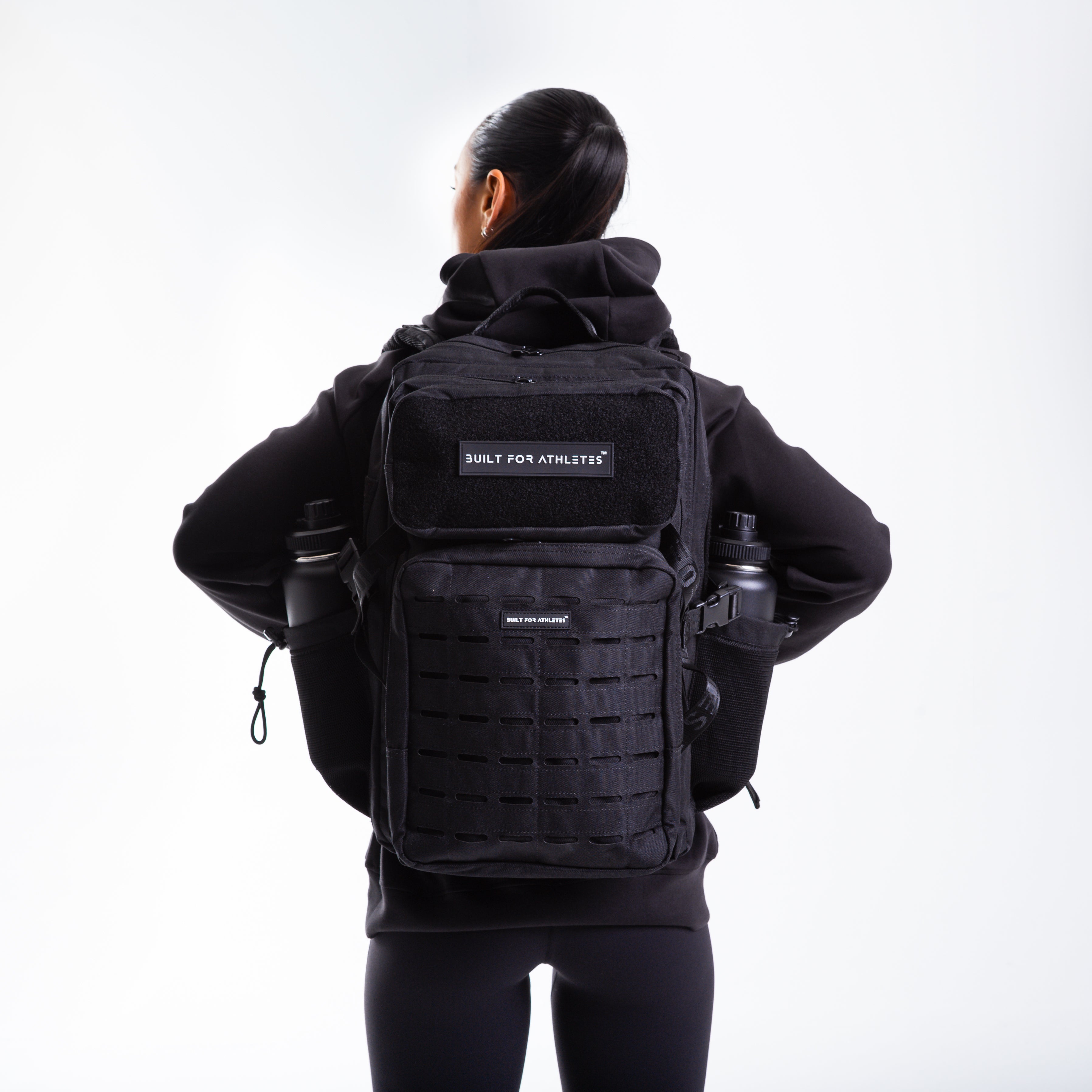


























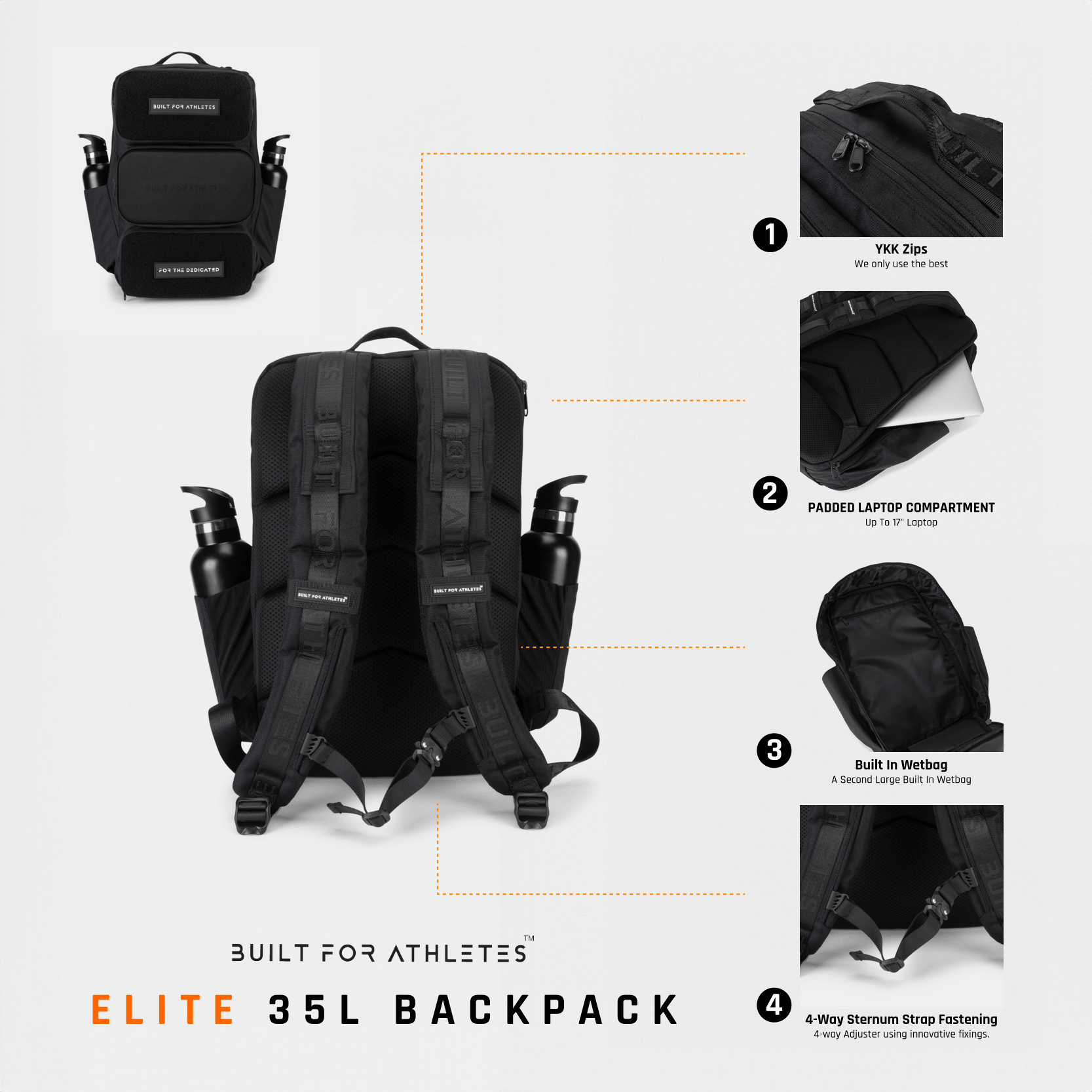






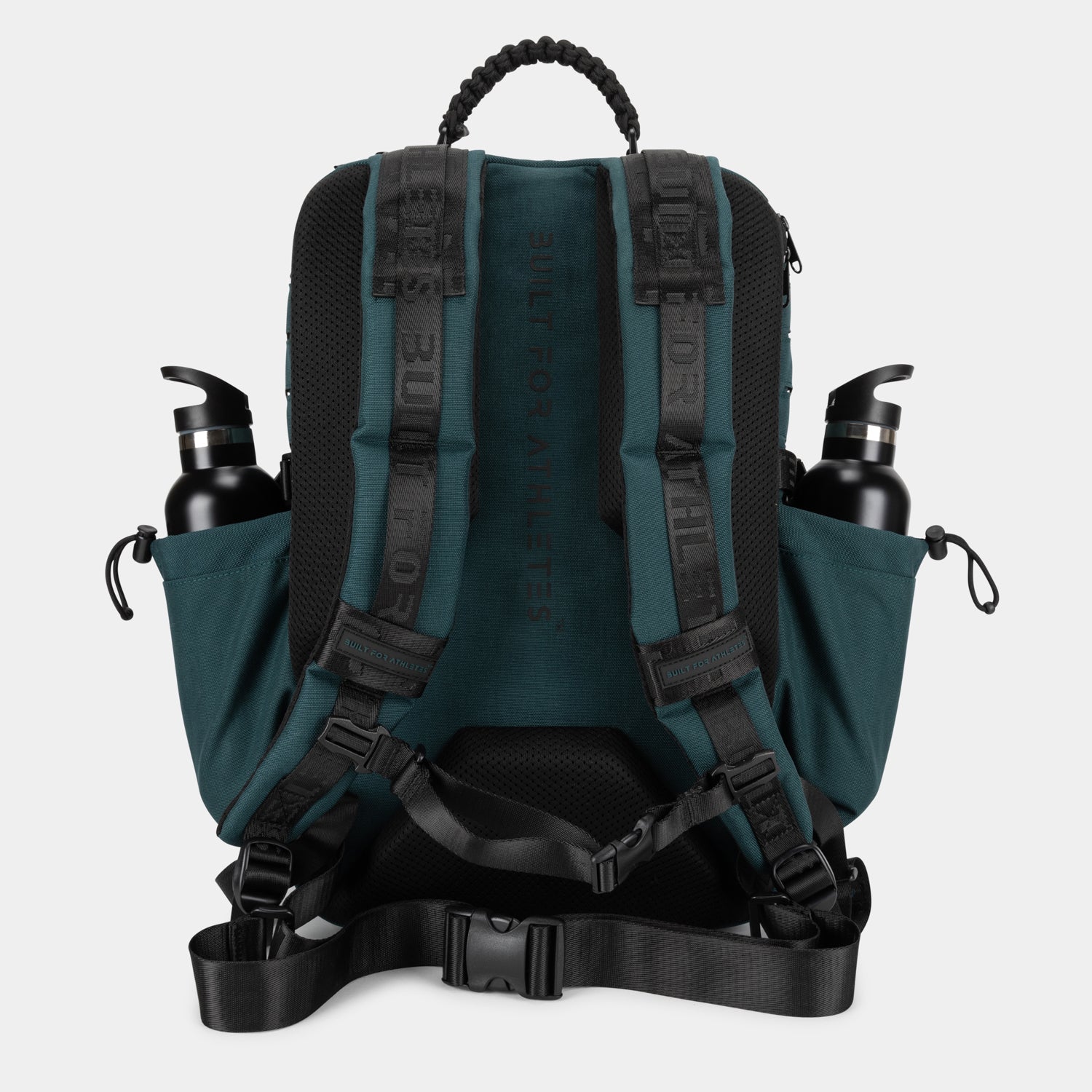



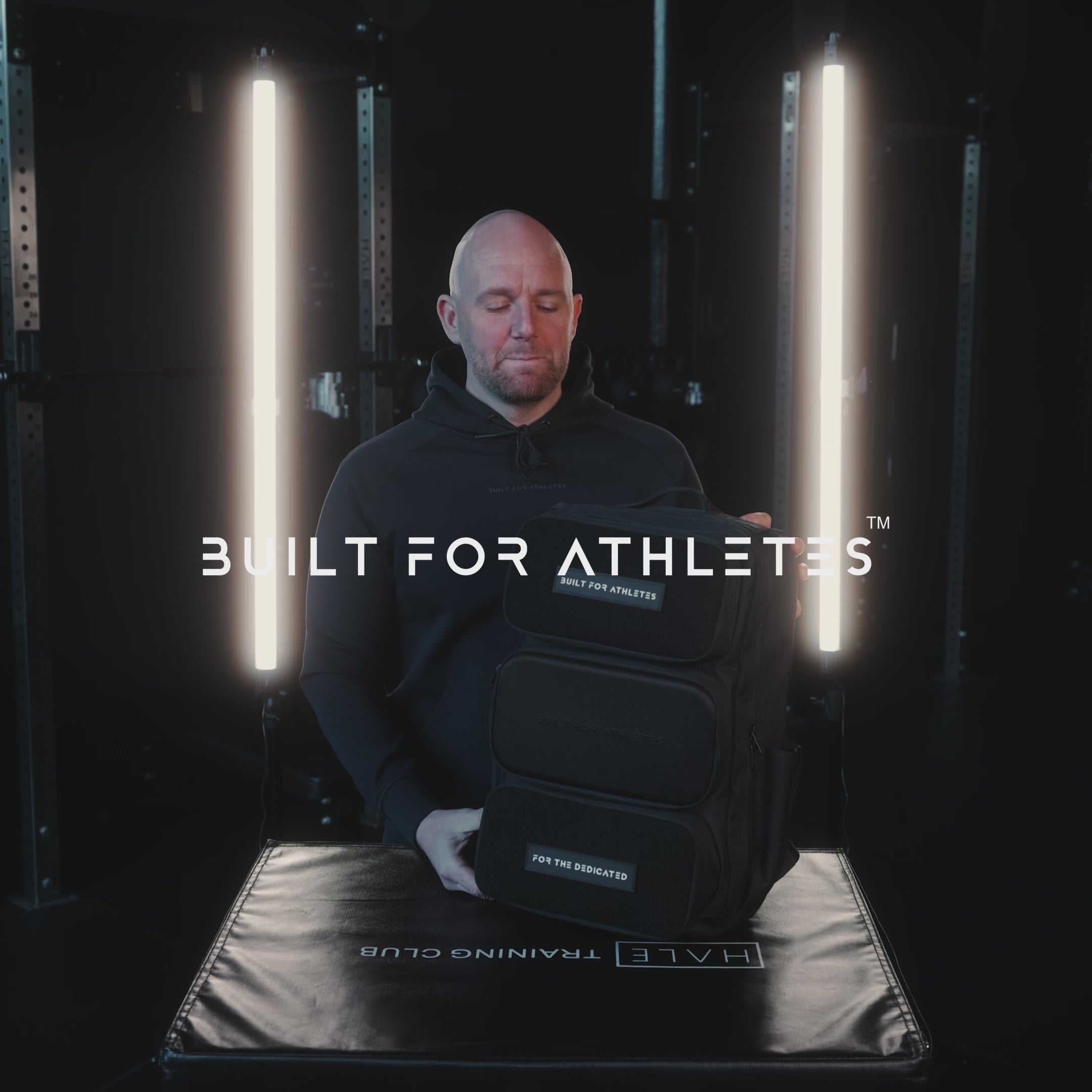

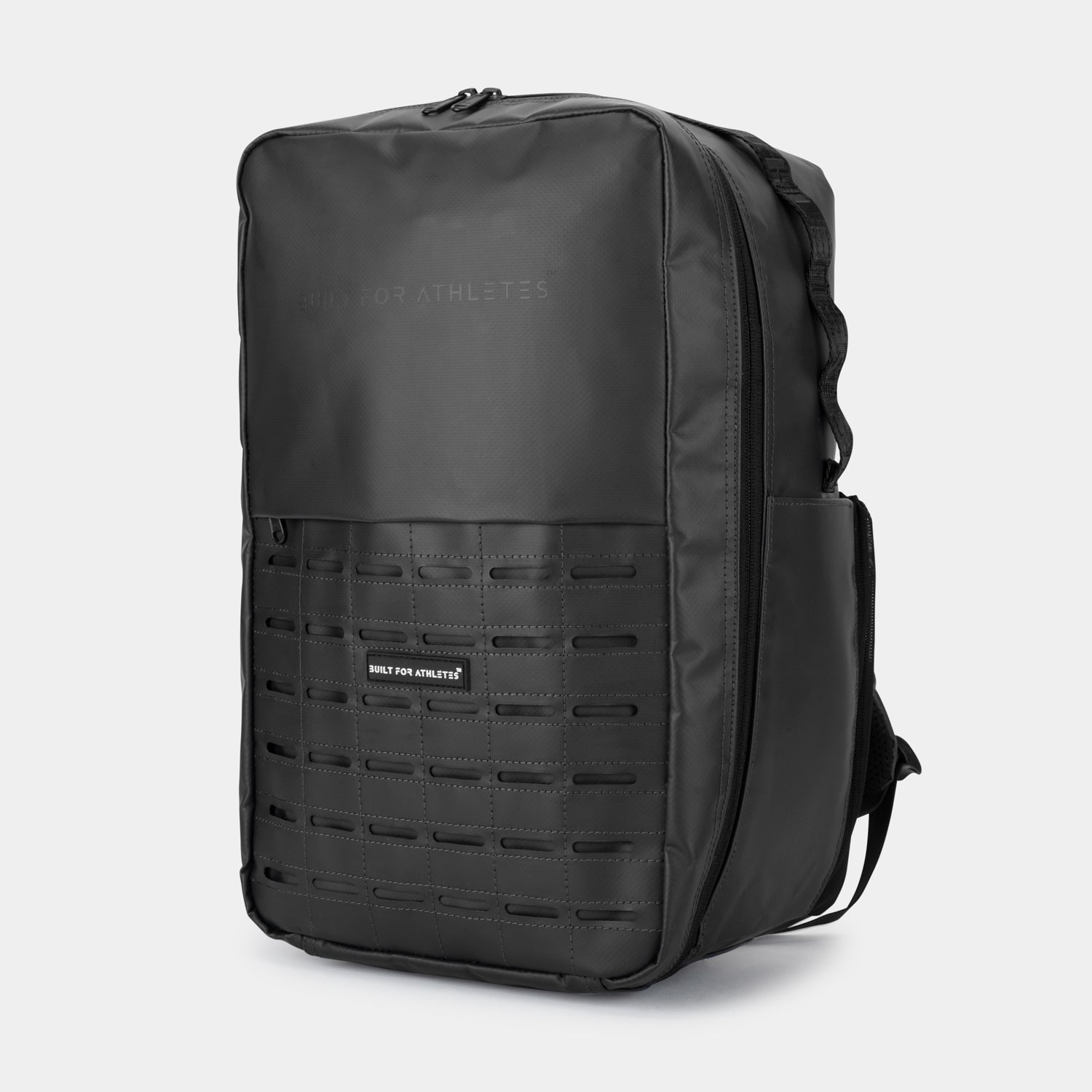











Share:
4 Ways To Use Cold Therapy At Home To Boost Recovery
6 Christmas Gift Ideas For Athletes